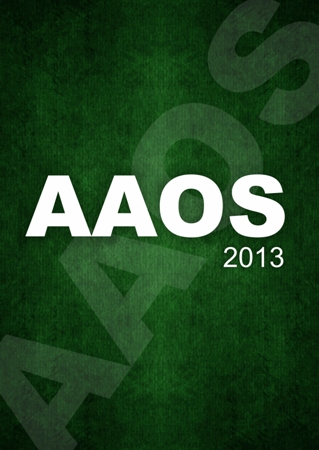
AAOS: Effect of implant density on curve correction in adolescent idiopathic scoliosis

AAOS: Effect of implant density on curve correction in adolescent idiopathic scoliosis
Are More Screws Better? A Systematic Review of the Implant Density and Curve Correction in AIS
CONFERENCE ACE REPORTS
This ACE Report is a summary of a conference presentation or abstract. The information provided has limited the ability to provide an accurate assessment of the risk of bias or the overall quality. Please interpret the results with caution as trials may be in progress and select results may have been presented.
Synopsis
Nine studies (882 patients) were identified to determine whether increased implant density during adolescent idiopathic scoliosis (AIS) surgery improved coronal curve correction and clinical outcomes. Seven of the nine studies indicated that patient-reported outcomes and curve correction were maintained regardless of anchor density. However, conclusions from this systematic review should be drawn ...
To view the full content, login to your account,
or start your 30-day FREE Trial today.
FREE TRIAL
LOGIN
Forgot Password?
Explore some of our unlocked ACE Reports below!

Learn about our AI Driven
High Impact Search Feature
Our AI driven High Impact metric calculates the impact an article will have by considering both the publishing journal and the content of the article itself. Built using the latest advances in natural language processing, OE High Impact predicts an article’s future number of citations better than impact factor alone.
Continue



 LOGIN
LOGIN

Join the Conversation
Please Login or Join to leave comments.